Great cities are more than skylines—they are stories etched into open spaces where strangers gather, revolutions erupt, and cultures celebrate themselves in public. iconic public squares transform bare stone into living stages, evolving from historical squares where monarchs addressed subjects to famous city squares where LED screens sell the future in pixel-bright color. Some are the largest squares on Earth, others compact yet unforgettable landmarks immortalized on postcards, coins, and social media feeds.
This guide embarks on a continent-spanning journey through 10 Iconic Public Squares, detailing their origins, architecture, festivals, and symbolism. Whether you thirst for revolutionary lore or cinematic photo spots, these plazas promise inspiration—and perhaps your next bucket-list stop.
Tiananmen Square – Beijing, China
Covering an immense 440,000 m², Tiananmen Square stands as one of the most spacious squares in the world and a central symbol of China’s national identity. Originally constructed during the Ming dynasty and later transformed under the vision of Chairman Mao, it can accommodate over a million people at once. Each morning, uniformed soldiers perform a ceremonious flag-raising that brings nearby traffic to a respectful halt.
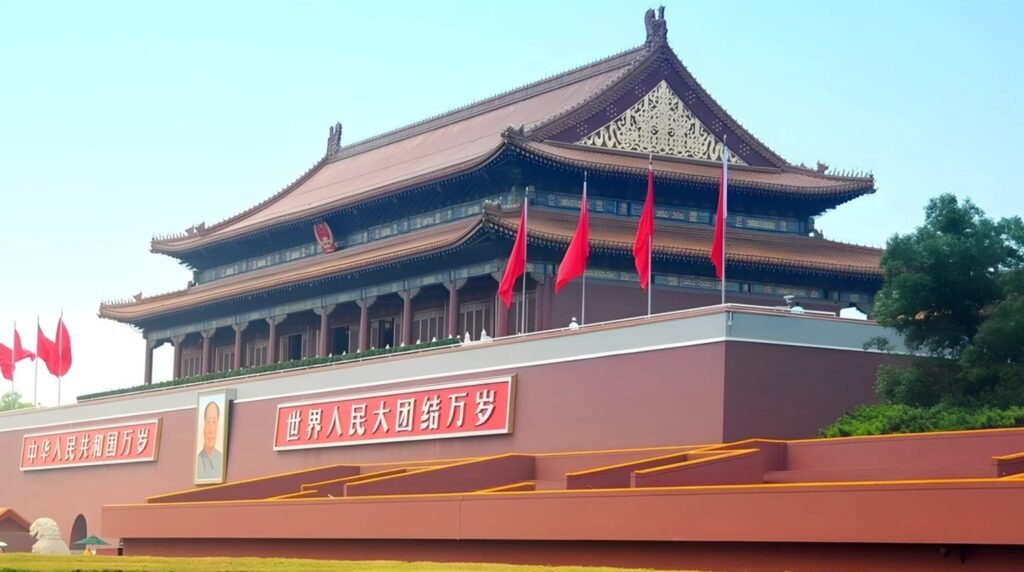
The square houses several major landmarks, including the Monument to the People’s Heroes, the Mausoleum of Mao Zedong, and the National Museum of China—all testaments to five centuries of state history. More than just a physical space, Tiananmen serves as a dynamic gathering point for political demonstrations, cultural celebrations, and everyday leisure, making it a standout among the world’s iconic public squares. As a leading example of historical squares, it continues to function as a vital civic stage within Beijing’s modern urban landscape. 📍Walk through and explore the place🗺️
Red Square – Moscow, Russia
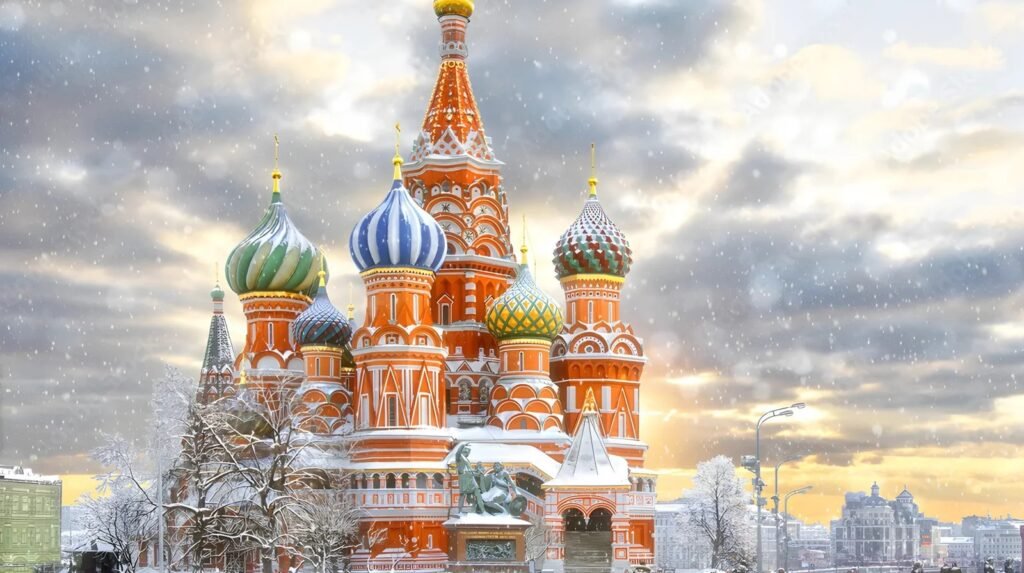
Flanked by the Kremlin’s crenellated walls and Saint Basil’s candy-colored onion domes, Red Square epitomizes Moscow’s catalog of global landmarks. The cobblestoned expanse has witnessed tsarist coronations, Soviet military parades, and international rock concerts, certifying its fame among famous squares. GUM’s iron-and-glass arcades shadow one side, offering designer boutiques and hot borscht beneath fairy-lit vaults. Lenin’s austere Mausoleum anchors the center, providing a time-capsule glimpse of twentieth-century ideology. By night, floodlights bathe the brickwork in ruby hues, reminding visitors that few Iconic Public Squares blend romance and realpolitik so theatrically.📍Walk through and explore the place🗺️
Times Square – New York City, USA
Few places in the world capture the nonstop energy of urban life quite like Times Square, one of the most recognizable and iconic public squares on the planet. Nestled at the crossroads of Broadway and Seventh Avenue in Midtown Manhattan, Times Square is an explosion of color, movement, and light. Once a gritty, traffic-choked junction in decline, the area underwent a dramatic transformation in the 1990s, emerging as a global symbol of entertainment, commerce, and 24/7 culture.
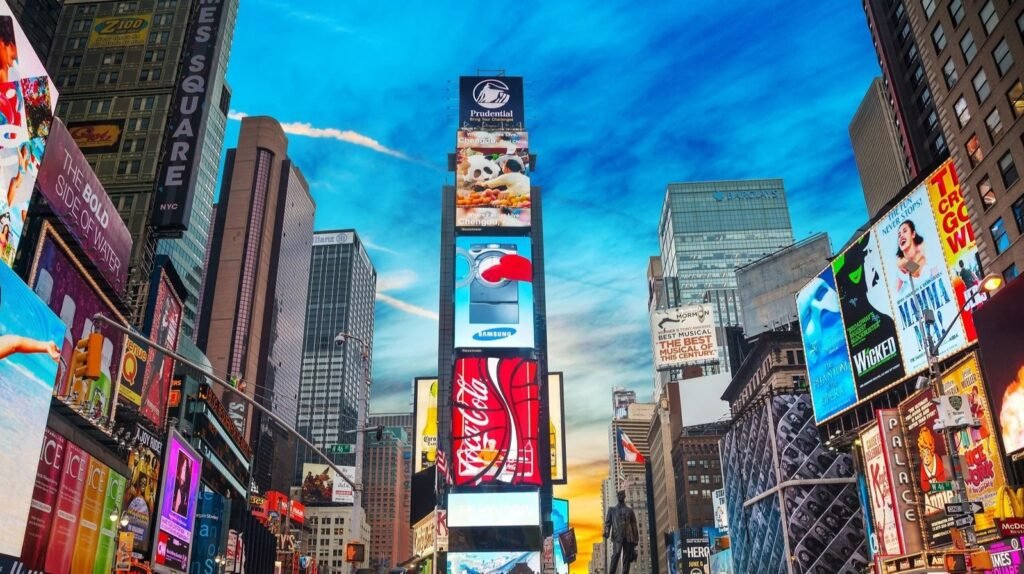
Today, the square dazzles with more than 50 high-definition LED billboards—many reaching up to eight stories tall—displaying vibrant ads, news tickers, and animations that light up the night. From street performers and costumed characters to the famous TKTS red stairs where tourists queue for last-minute Broadway tickets, the square pulsates with excitement. On New Year’s Eve, all eyes turn to Times Square for the legendary Ball Drop watched by over a billion viewers worldwide, cementing its place among the world’s most iconic public squares.
Though much smaller in size compared to other spacious squares like Tiananmen or Zócalo, Times Square compensates with sheer sensory intensity. It’s a must-see destination that blends urban chaos with cultural magnetism, offering an unforgettable slice of New York City life. 📍Walk through and explore the place🗺️
Piazza San Marco – Venice, Italy
Often referred to as “the drawing room of Europe,” Piazza San Marco is one of the most elegant and iconic public squares in the world. Napoleon Bonaparte himself gave it that title, and centuries later, it still lives up to the name. This breathtaking square lies at the heart of Venice, bordered by some of the city’s most famous architectural marvels. The majestic Saint Mark’s Basilica, with its shimmering Byzantine mosaics and domed splendor, draws visitors from every corner of the globe. Nearby, the 98-meter-high Campanile di San Marco provides sweeping views of the Venetian Lagoon and red-roofed skyline.
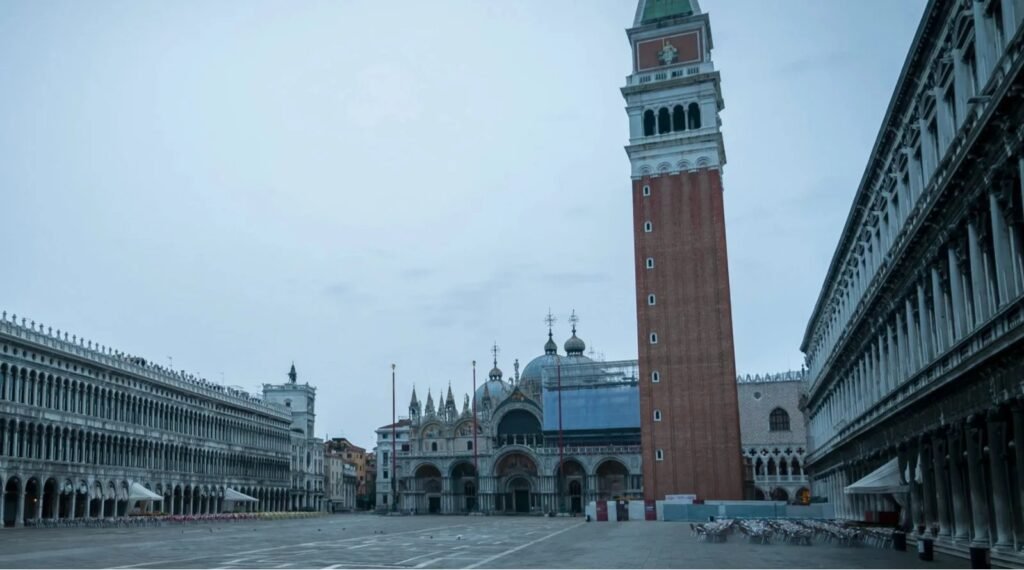
The square has a life of its own—buzzing with energy during daylight and glowing softly under golden lights by night. During the seasonal high tide, or acqua alta, Piazza San Marco often floods, creating surreal reflections that turn the space into a mirror-like dreamscape. Despite the premium prices at historical cafés like Caffè Florian, the experience of enjoying an espresso while a live string quartet plays beneath Renaissance arcades is unmatched.
From Carnival celebrations with masked dancers to quiet evening strolls among pigeons and photo-takers, the square remains a living symbol of Italy’s famous city squares and a beloved treasure among Europe’s historical squares. 📍Walk through and explore the place🗺️
In November 2019, the square’s timeless charm met a stark reality when an exceptional Acqua Alta Flood 2019 swept 187 centimetres of brackish lagoon water across the marble paving, submerging shopfronts, invading the crypt of St Mark’s Basilica, and temporarily turning cafés into island stages. If you’d like the full story of that record-breaking tide—its causes, the damage it wrought, and the defences now in place—see our in-depth article on Acqua Alta Flood 2019 in Piazza San Marco.
Tahrir Square: A Symbol of Revolution Among the World’s Most Iconic Public Squares
Officially known as Midan al-Tahrir, meaning “Liberation Square,” this monumental roundabout in the heart of Cairo has become one of the world’s most politically charged and iconic public squares. Most famously, it gained international attention during the Egyptian Revolution of 2011, when it transformed from a chaotic traffic hub into the epicenter of a historic uprising that reshaped the nation’s future. Its very name has become synonymous with calls for freedom and change, illustrating how well-known urban plazas can influence the course of political history.
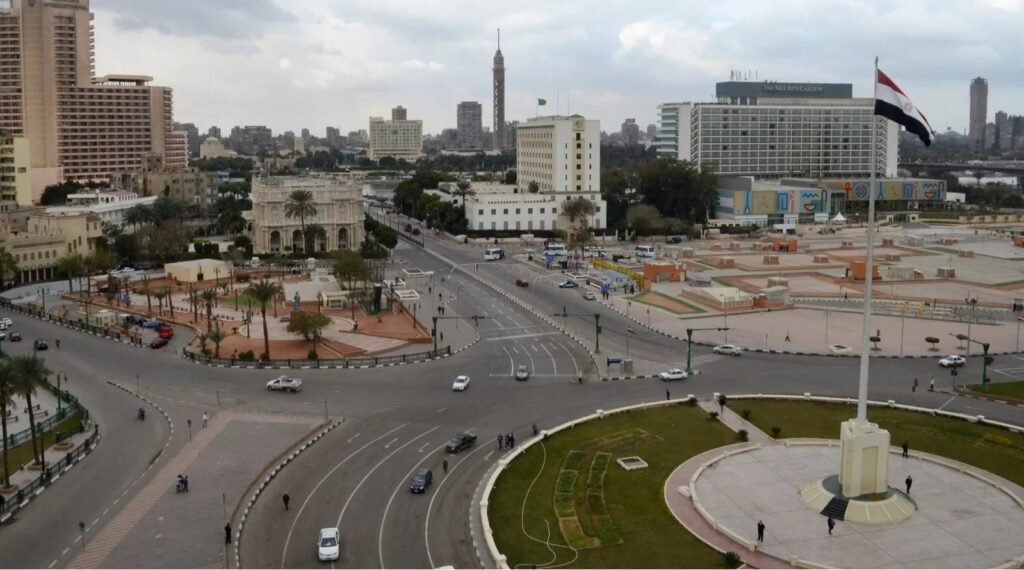
Twelve major roads feed into the square, including the Nile Corniche, and it’s surrounded by notable landmarks like the Egyptian Museum, the Mogamma government building, and the Arab League headquarters. The square has become a canvas for resistance, with murals of martyrs, graffiti, and patriotic slogans breathing new life into colonial-era architecture.
Despite its turbulent past, Tahrir Square is still alive with daily activity—street vendors serve tea, families stroll, and booksellers set up under makeshift stalls. It remains a vibrant crossroads where everyday life, tourism, and history coexist, reinforcing its role among the world’s most iconic public squares and enduring historical squares. 📍Walk through and explore the place🗺️
Plaza de la Constitución (Zócalo) Mexico City, Mexico
Locals affectionately refer to it as “El Zócalo,” a name that hardly captures the grandeur of what is truly one of the Western Hemisphere’s largest squares and undeniably one of the most iconic public squares in the world. Located in the heart of Mexico City, this expansive plaza was once the ceremonial center of the ancient Aztec capital, Tenochtitlán, making it a place layered with centuries of history and transformation. Today, the square continues to serve as a central gathering place for national celebrations, public protests, and cultural events.
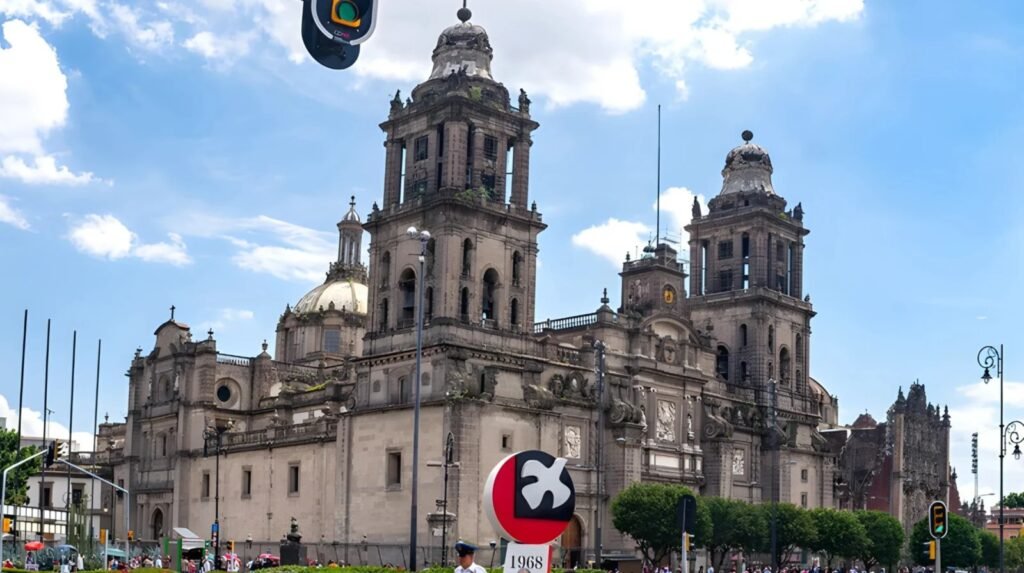
Massive military parades march through it, Day of the Dead altars transform it into a living art gallery, and free concerts bring together over 150,000 people in vibrant displays of community spirit. A colossal Mexican flag waves proudly at the center, surrounded by monumental structures like the Metropolitan Cathedral, the National Palace, and the excavated remains of the Templo Mayor—evidence of the square’s deep historical roots.
By night, the square comes alive with mariachi music, Indigenous dancers, and street vendors offering local delicacies. El Zócalo is more than just a public space—it’s a living, breathing celebration of heritage, a true historical square, and a shining example of how iconic public squares can serve as both civic and cultural epicenters. 📍Walk through and explore the place🗺️
Trafalgar Square – London, United Kingdom
Anchored by Nelson’s 52-metre granite column and the four watchful bronze lions sculpted by Sir Edwin Landseer, Trafalgar Square blends imperial remembrance with everyday revelry, earning its place among the world’s most iconic public squares. In winter, water jets freeze into crystalline arches around the fountains as pop-up Christmas stalls sell mulled wine and hand-knit scarves beneath twinkling lights.
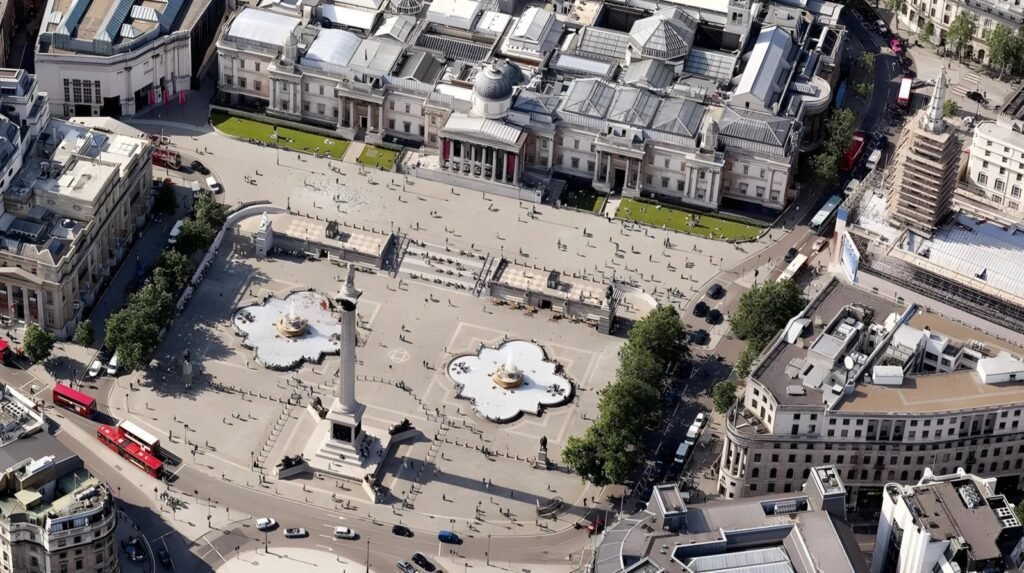
When summer arrives, rainbow-draped Pride marches, open-air opera broadcasts, and giant screens showing Wimbledon transform the plaza into a festival ground. Framing this civic stage are the National Gallery, with its trove of European masterpieces, and St Martin-in-the-Fields, whose crypt café hosts jazz nights that spill music onto the stone forecourt.
Londoners treat the square as a living barometer of national mood: political rallies, candlelight vigils, and spontaneous victory parades unfold within sight of Whitehall’s corridors of power. Add skateboarders practicing kickflips at dusk, tourists photographing the ever-changing Fourth Plinth art installations, and families chasing pigeons across the paving, and you have a site where centuries of narratives converge in barely a single acre—proving that few famous city squares can match Trafalgar’s layered storytelling. 📍Walk through and explore the place🗺️
Republic Square – Yerevan, Armenia
Constructed from rose-colored tuff stone, Yerevan’s Republic Square blends Soviet urban planning with ancient Armenian motifs. Five grand buildings—including the History Museum and Government House—form a rotating “C” that frames musical fountains choreographed to jazz and folk tunes. Locals spill onto terraces for apricot sorbet while tourists photograph Mount Ararat glowing in the distance, confirming the site’s allure among famous landmarks.
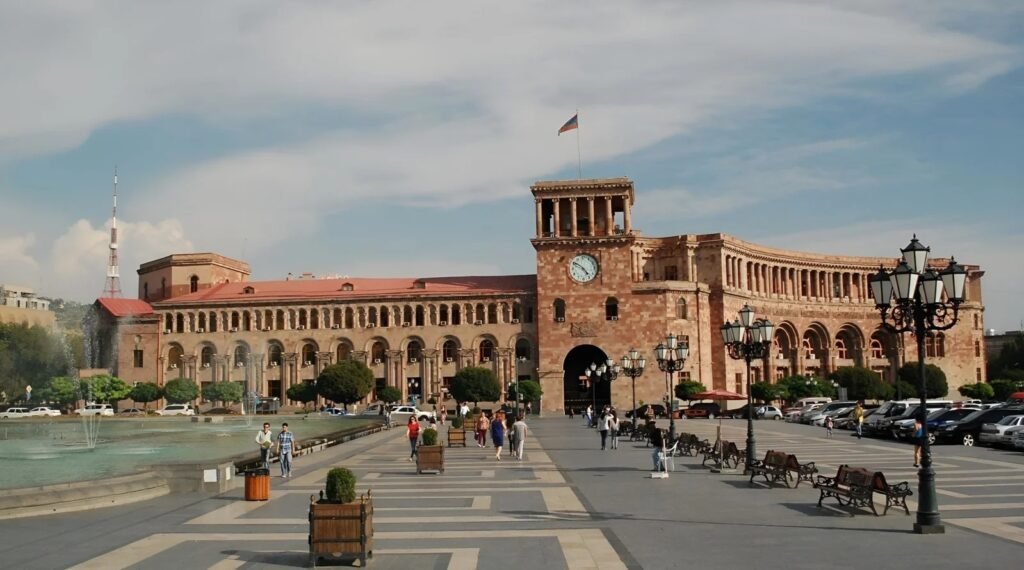
Evening illuminations turn the pink façades amber, adding romantic warmth to this lesser-known yet utterly iconic public squares of the Caucasus. 📍Walk through and explore the place🗺️
Place de la Concorde – Paris, France
Paris’s second-largest open space, Place de la Concorde, is steeped in centuries of transformation and symbolism. Originally named Place Louis XV in honor of the king, it was later rebranded as Place de la Révolution, gaining notoriety as the execution site of King Louis XVI, Queen Marie Antoinette, and thousands more during the French Revolution. Eventually, it was reborn as Place de la Concorde “harmony” to signify national reconciliation and peace after a turbulent era in French history.
At its heart stands the Luxor Obelisk, a 3,300-year-old monument gifted by Egypt, inscribed with hieroglyphics that tell ancient stories. Framing the square are two ornate maritime fountains, designed to represent French rivers and seas, which add elegance and balance to this vast urban space. On clear days, the square offers breathtaking sightlines that stretch from the Arc de Triomphe in the west to the Tuileries Gardens in the east, making it one of the most scenic and photographable historical squares in Europe.
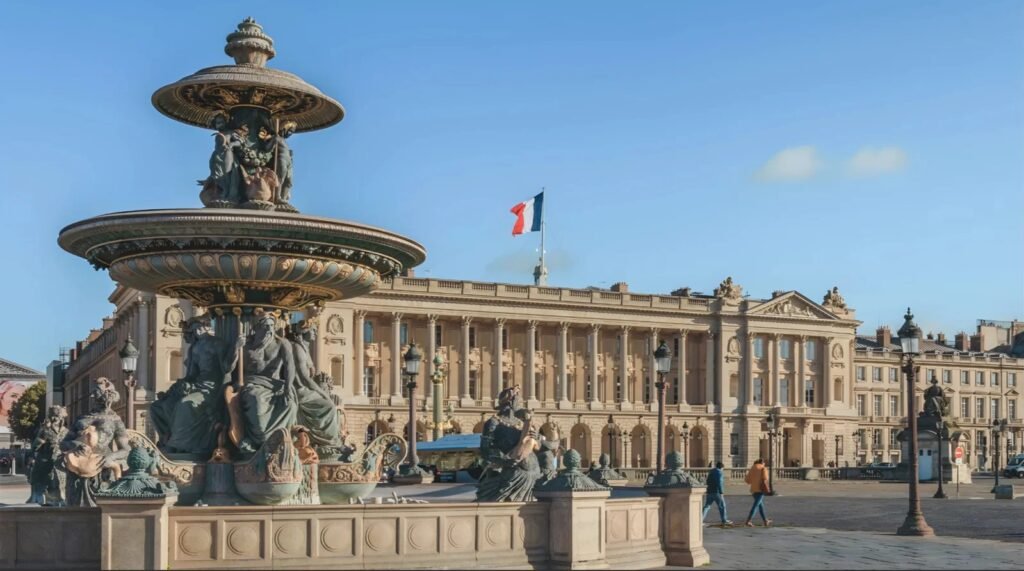
The plaza is also a key venue for major national events: from the Bastille Day military flyovers to the climactic Tour de France finale, it pulses with patriotic energy throughout the year. Visitors can stroll the square, take in its majestic scale, and admire the neoclassical architecture that flanks its perimeter. Today, Place de la Concorde stands as a vibrant example of how iconic public squares continue to evolve with culture, history, and civic life.📍 Walk through and explore the place 🗺️
Plaza de la Catedral – Havana, Cuba
Cobbled and sun-drenched, Havana’s Plaza de la Catedral wraps baroque mansions around the asymmetrical towers of Catedral de San Cristóbal. Salsa rhythms leak from courtyard eateries, and artisans sell hand-rolled cigars beside stone colonnades.
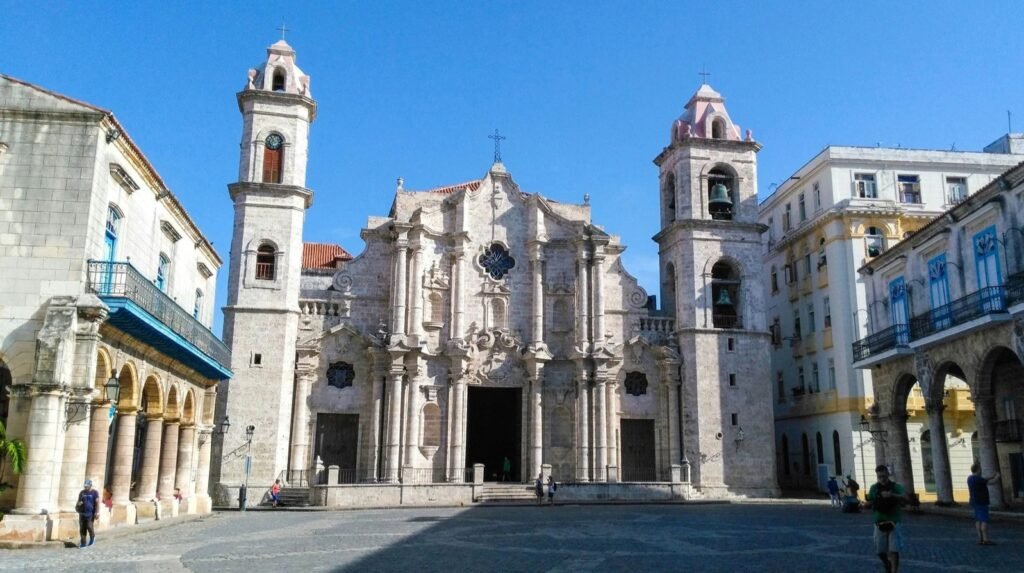
Once a swamp, the square now stars in UNESCO’s Habana Vieja restoration program, showcasing how historical squares can be revived into living museums. Evening light paints façades honey-gold, earning the plaza a rightful spot in any anthology of iconic public squares.📍Walk through and explore the place🗺️
This brief encounter with the extraordinary is merely a taste of what awaits. We pride ourselves on curating content that is both bizarre and intellectually stimulating, designed to make you ponder the unknown. If you’re drawn to the oddities of the world and stories that stick with you, your next fascinating read is just a click away. Explore our blog section and immerse yourself in strange and thought-provoking tales.

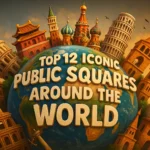


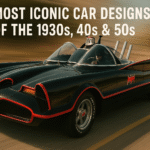
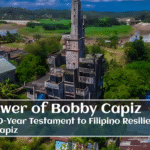


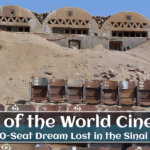
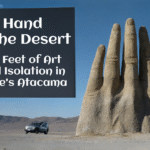
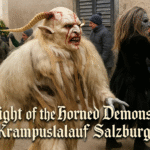
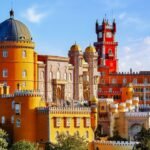

2 thoughts on “Top 10 Iconic Public Squares Around the World”